Chinese President Hu Jintao and Prime Minister Manmohan Singh met for 15 minutes for one-on-one talks followed by around one hour of delegation level talks, resulting in the two countries agreeing on a 10-pronged strategy to consolidate, enhance and deepen the relationship between the two nations considered as rivals or competitors.
On the whole their talks remained within expected parameters but both leaders have nonetheless announced to the world that relations between the two ancient nations are poised to move forward -- even if it is not a great
leap forward.
The Joint Declaration issued in New Delhi earlier today, at the culmination of the top-level talks, meshed well with the
character of the two nations. It carried much substance, displayed a pragmatic yet purposeful approach to the resolution of sensitive issues that have stood in the way of a rapid advancement of relations between the two countries in recent years.
Four salients mentioned in the Joint Declaration will bear the imprimatur of Hu's successful visit and signify the potential of Sino-Indian relations for the regional and international milieu.
1. The Joint Declaration clearly recognises the common understanding of an 'emerging multi-polar world'.
It says, 'Strategic partnership between the two countries with a similar worldview is consistent with their roles as two
major developing countries. With the growing participation and role of the two countries in all key issues in today's
globalising world, their partnership is vital for international efforts to deal with global challenges and threats. As two
major countries in the emerging multi-polar global order, the simultaneous development of India and China will have a
positive influence on the future international system'.
2. On the highly contentious issue of border disputes, both countries have agreed to downplay it in public discourses but at the same time have put on priority an early settlement of the border problem by terming it as 'a strategic goal'.
The Joint Declaration says, 'Both sides are committed to resolving outstanding differences, including on the boundary question, through peaceful means and in a fair, reasonable, mutually acceptable and proactive manner, while ensuring that such differences are not allowed to affect the positive development of bilateral relations'.
It adds, 'An early settlement of the boundary question will advance the basic interests of the two countries and shall,
therefore, be pursued as a strategic objective.'
3. The reference in the Joint Declaration to the trilateral format involving Russia, China and India cannot escape notice.
It says, 'The two sides positively assess the trilateral dialogue mechanism among India, China and Russia, and agree that exchanges and cooperation under it should be further substantiated'.
Considering that the trilateral format was a topic of discussion between visiting Russian Foreign Minister Sergey Lavrov
and his Indian counterpart, External Affairs Minister Pranab Mukherjee, in New Delhi last Friday, the Joint Declaration's reference assumes significance. Especially considering that Russian President Vladimir Putin is scheduled to the chief guest at India's Republic Day celebrations in January 2007.
4. The affirmation of the intention of the two countries to expand their cooperation in the Central Asian region is of great strategic significance. The Joint Declaration says, 'The two sides agree to expand their cooperation on issues of common interest under the Shanghai Cooperation Organisation'. Significantly, the SCO had earlier refused the US's request for observer status, and had called for a timeline for vacation of American military presence in Central Asia.
Expectedly, both sides have kept trade relations in tight focus.
The Joint Declaration says, 'Both sides believe that comprehensive economic and commercial engagement between India and China is a core component of their Strategic and Cooperative Partnership. They will endeavour to raise the volume of their bilateral trade to US$ 40 billion by 2010'.
The "body language" so far has been of a business-like visit, lacking personal warmth, but at the same time the two leaders have unmistakably relayed a message to the world community that they are neither rivals nor competitors but intend to be partners assiduously searching for cooperation to mutual benefit.
It cannot escape attention that a host of new vistas are opening up in the relations between the two countries, such as
agriculture, education, environment, archaeology, tourism, etc.
With President Hu beside him, Prime Minister Manmohan Singh told the media, 'Hu and I have agreed that the positive
development of India-China relations in the recent years must be made irreversible.'

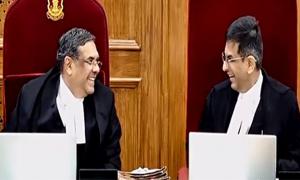
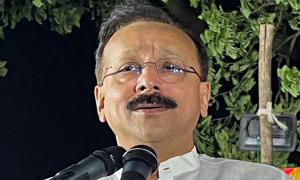
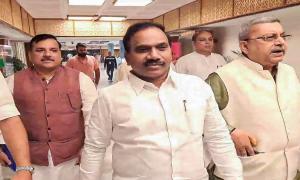
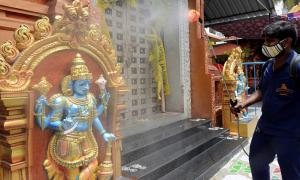

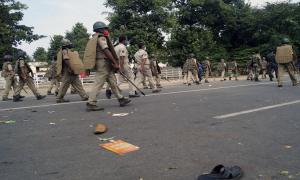

More from rediff